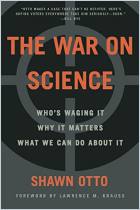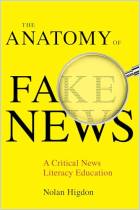Join getAbstract to access the summary!

Join getAbstract to access the summary!
Michael D. Rich
Truth Decay
An Initial Exploration of the Diminishing Role of Facts and Analysis in American Public Life
Rand Corporation, 2018
What's inside?
Opinions increasingly trump facts in America. What’s causing this “truth decay,” and what can be done?
Recommendation
Americans’ trust in institutions and objective facts is waning, assert Jennifer Kavanagh and Michael D. Rich of Rand Corp. Many books have discussed the increasing partisanship of US politics, but this work distinguishes itself by focusing on the “truth decay” that both drives and results from this divide. Kavanagh and Rich delve into the statistics describing Americans’ rising distrust of the mainstream media and an increasing propensity to vote along strict party lines. While democracies, in theory at least, thrive on the free flow of information, the authors make the compelling and contentious argument that the increasing availability of news and commentary online and on television feeds truth decay. As they see it, the sheer volume of content and fake news crowds out legitimate facts – and few American voters are equipped to cope with this onslaught. The study is scrupulously nonpartisan; indeed, the authors can sometimes seem apolitical to a fault. Though published in early 2018, the book barely mentions US president Donald Trump, whom critics on both the left and the right consider Exhibit A in political prevaricating. Those shortcomings aside, this work provides fresh insight into a political climate increasingly untethered from old norms, and it offers solutions for turning the tide.
Summary
About the Author
Jennifer Kavanagh is a political scientist and associate director of Rand Corp.’s Strategy, Doctrine and Resources Program. Michael D. Rich is president and chief executive of the nonprofit Rand Corp.


















Comment on this summary